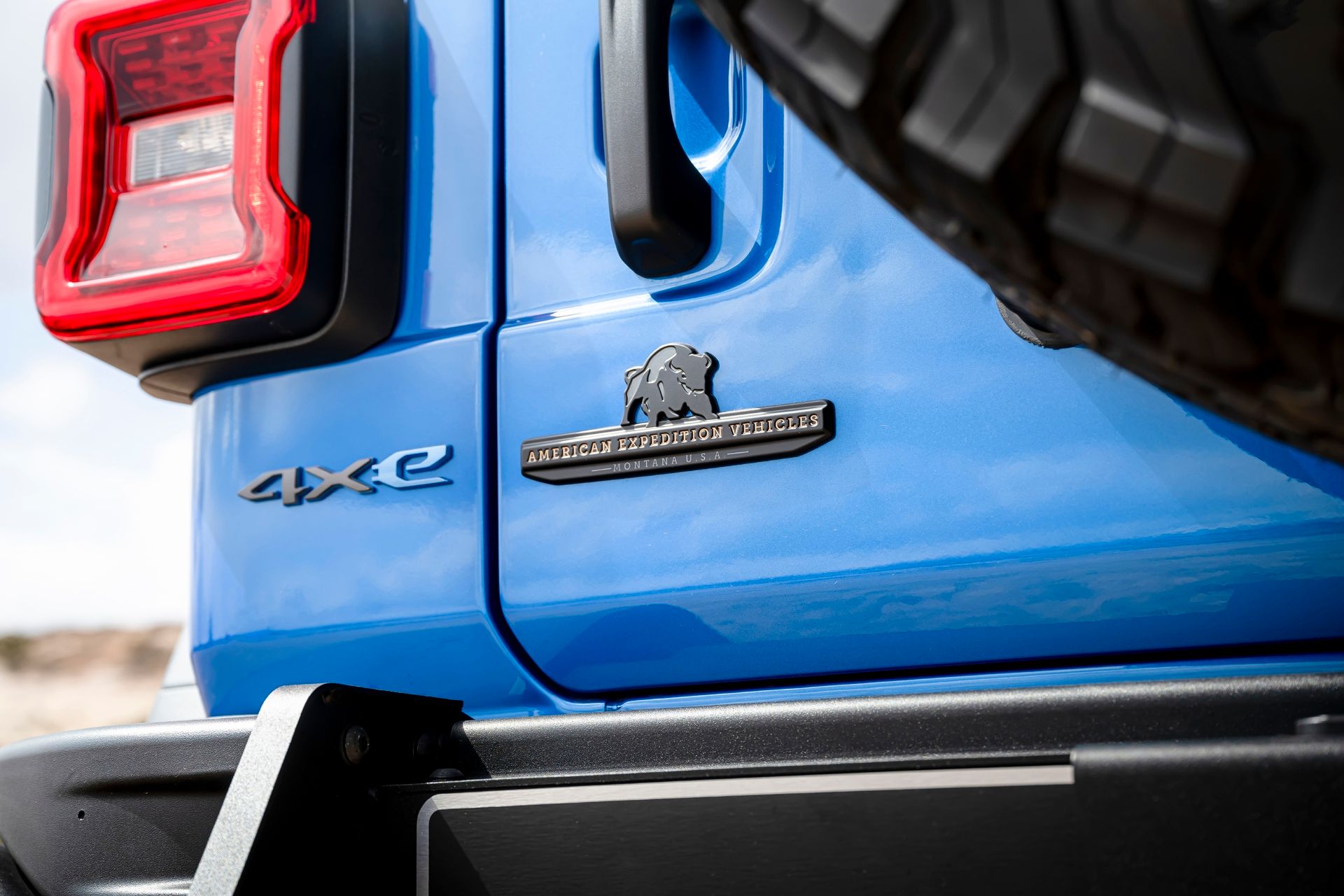The Kirchner Report is 100% independent automotive journalism. If you want to support our coverage, subscribe for free, become a paid member, or leave a tip.
When it comes to electrified vehicles, I’ve seen a litany of ways to describe them. Essentially, there are five ways to describe an electrified vehicle (as long as you don’t include hydrogen). There’s a 48-volt mild hybrid (which isn’t a real hybrid), there’s a standard hybrid, there’s a plug-in hybrid, there’s a range-extended electric vehicle, and then there’s a battery electric vehicle. We call the regular hybrid an HEV (hybrid electric vehicle), PHEV (plug-in hybrid electric vehicle), EREV (extended-range electric vehicle), and BEV (battery-electric vehicle).
Clear as mud, huh?
So when it comes to marketing these vehicles to regular customers who understand the terminology, I’ve seen some interesting takes. Toyota will call a hybrid that you don’t have to plug in a “self-charging hybrid.” Data suggests that when someone hears the word hybrid, they immediately assume that it has to have a plug and be plugged in. Self-charging explains that that’s not the case.
The Briefing Leaders Rely On.
In a landscape flooded with hype and surface-level reporting, The Daily Upside delivers what business leaders actually need: clear, concise, and actionable intelligence on markets, strategy, and business innovation.
Founded by former bankers and veteran business journalists, it's built for decision-makers — not spectators. From macroeconomic shifts to sector-specific trends, The Daily Upside helps executives stay ahead of what’s shaping their industries.
That’s why over 1 million readers, including C-suite executives and senior decision-makers, start their day with it.
No noise. No jargon. Just business insight that drives results.
Toyota eventually came up with some clever branding for its PHEVs. The company rolled out Prime badging for them. But unlike Amazon’s free delivery and streaming service, or a college football coach in Colorado, Prime started to resonate with Toyota buyers (and the press alike) as meaning a very specific thing.
Though, as Toyota became more EV-committed than EV-curious, there grew a bit of a problem. How would you brand the EVs? The word “Prime” implies that it’s the top of the tree, and there were certainly discussions back in Japan on what to do.
Ultimately, Toyota decided to sunset the Prime badging and make way for the Beyond Zero Earth badge, and then either HEV, PHEV, or BEV.
💡Do you have information about something important? I would love to hear from you. Using a non-work device, you can message me on Signal at chadkirchner.1701, or with another secure communication method.
Jeep is in a similar situation. At a backgrounder ahead of the debut of the new Grand Wagoneer, Jeep CEO Bob Broderdorf discussed the 4xe badging globally and what that should mean going forward. The Grand Wagoneer plug-in option is being called a REEV (range extended electric vehicle), though I suppose it’s possible that could change before the official launch date.
Basically, Bob is having a similar problem at Jeep that Toyota had. In some parts of the world, a regular Jeep hybrid is called a 4xe. In the United States, that badge has mostly appeared on plug-in hybrids, but the Wagoneer S does have it.
Like Prime, I think 4xe is an excellent badge. It fits with a theme Jeep is known for, and it also rolls off the tongue. But can a single badge account for three or four different power options? Would that be confusing?
I don’t know. If I were Bob, I think I’d make 4xe mean any electrified Jeep that has a plug. While that doesn’t distinguish between EREV, PHEV, or BEV, it does differentiate the one key thing about ownership of an EREV, PHEV, or BEV: the plug.
To get the most out of your ownership experience with an EREV, PHEV, or especially a BEV, you have to plug the darn thing in. If you’re at a dealership looking at a new Jeep and it has a 4xe badge, it’s an easy way for dealerships to remember to point those facts out to customers before they buy, and educate them on the long-term value that that plug can provide if used like it’s supposed to be.
It’s an interesting challenge, and one that I would love to see internal data on. But since I’m not Bob, I don’t have that access. I’ll be curious to see what decision he makes in the future on this, and how other brands and car companies decide to brand their vehicles with new powertrains.



